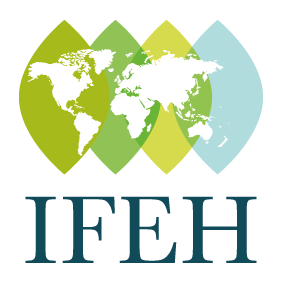SERVICES FOR ENVIRONMENTAL SAFETY AND TOXICITY TESTING OF CHEMICALS
Keywords:
environmental toxicology, Daphnia magna, Vibrio fischeri, algae, antimicrobial efficiency, terrestrial plants, Lemna minor, nanomaterials, nanoparticles, chemicals, antimicrobial surfaces, in vitro toxicology, in vitro safety, safety assessment, toxicity assessment, physico-chemical characterization of nanomaterialsAbstract
Laboratory of Environmental Toxicology at the National Institute of Chemical Physics and Biophysics (NICPB) holds currently the key competence in Estonia for evaluating the toxicity of chemicals and environmental samples such as pollutants, industrial chemicals (e.g. heavy metals, oils, phenolic compounds, PAHs, oil-shale industry and energy production related by-products) and engineered nanomaterials. The laboratory has over 20 years of experience in environmental toxicology and over 10 years of experience in nanotoxicology.
The NICPB Laboratory of Environmental Toxicology has the know-how and facilities to conduct several (not accredited) regulatory assays for environmental safety evaluation of chemicals and materials important for REACH: Daphnia magna acute immobilisation and reproduction assays (OECD 202, OECD 211) and algal 72-h growth inhibition assay (OECD 201), the Vibrio fischeri bioluminescence inhibition assays (ISO 21338, ISO11348), water plants growth inhibition assay (OECD 221), terrestrial plant growth inhibition assay (OECD 208), antimicrobial activity assay of samples in suspensions (ISO 20776, EURL ECVAM DB-ALM Protocol No 33) and antimicrobial activity assays of non-porous surfaces (including photoactive materials) (ISO 27447, ISO 22196). The in house designed and genetically modified luminescent bacteria are suitable for sensing very low concentrations of bioavailable heavy metals (e.g. Cu, Ag, Zn, As, Cr, and Pb) in environmental samples.
The laboratory has the competencies and facilities for characterizing the physico-chemical properties of nanomaterials and chemicals and for evaluating their biological effects in vitro using various types of cell lines (e.g. Caco-2, A549, balb/c3T3, K562, THP-1, HepG2).
Please, find Laboratory of Environmental Toxicology services via Estonian research and development community database ADAPTER (https://adapter.ee/en/). Also, the Estonian Society of Toxicology was initiated and founded by the members of the Laboratory of Environmental Toxicology (https://kbfi.ee/ets/index_english.html).
Presenter e-mail: anna-liisa.kubo@kbfi.ee


